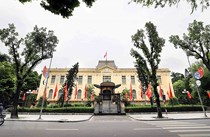
The capital city of Hanoi was liberated from the French colonial rule on October 10, 1954. Over the past 67 years, the Party organisation, authority and people of Hanoi have so far been proactive, creative to build an increasingly prosperous, civilised and modern capital city.
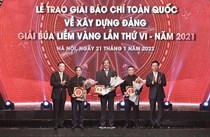
Winners of the Bua Liem Vang (Golden Hammer and Sickle) Award 2021, the sixth National Press Award on Party Building, were announced at a ceremony at the Hanoi Opera House on January 21 night.
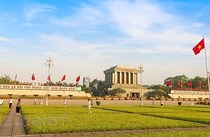
Take a look at how historical sites in Hanoi have changed since the August Revolution of Autumn 1945.

In 1911, from Nha Rong Wharf of Sai Gon, now Ho Chi Minh City, President Ho Chi Minh, known in those days as Nguyen Tat Thanh, boarded a French sea liner with a burning desire – seeking ways for national salvation.
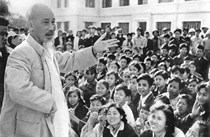
President Ho Chi Minh was a great leader, a national hero who devoted all his life to national independence and freedom and happiness of the people while tirelessly striving for peace and progress in the world.

The Xuan Que Huong “Homeland's Spring 2021", an annual special programme exclusively held for overseas Vietnamese people, was held in a virtual format and broadcast live on the national television (VTV1 and VTV4 channels) on February 4.

The third National Party Congress took place on September 5-10, 1960 in Hanoi to review 30 years of Party leadership and put forth theoretical and practical lessons of the Vietnamese revolution under the Party’s leadership.
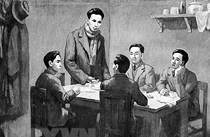
The First Congress of the Communist Party of Vietnam took place from March 27-31, 1935, marking the restoration of party organisations from the central to local levels, from home to abroad and at the same time unifying revolutionary movements.

Major streets in Hanoi are adorned with lights and posters to welcome the upcoming 13th National Party Congress.

Success of the August Revolution in 1945 was the first Victory of Vietnam since the country was led by the Communist Party of Vietnam.